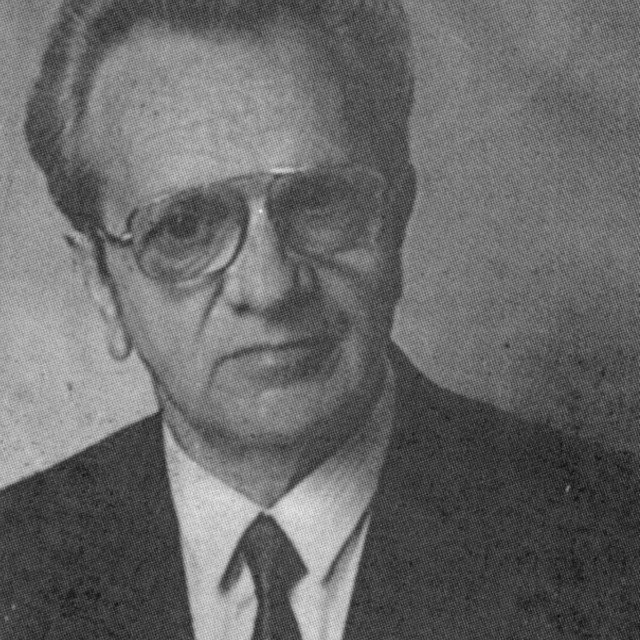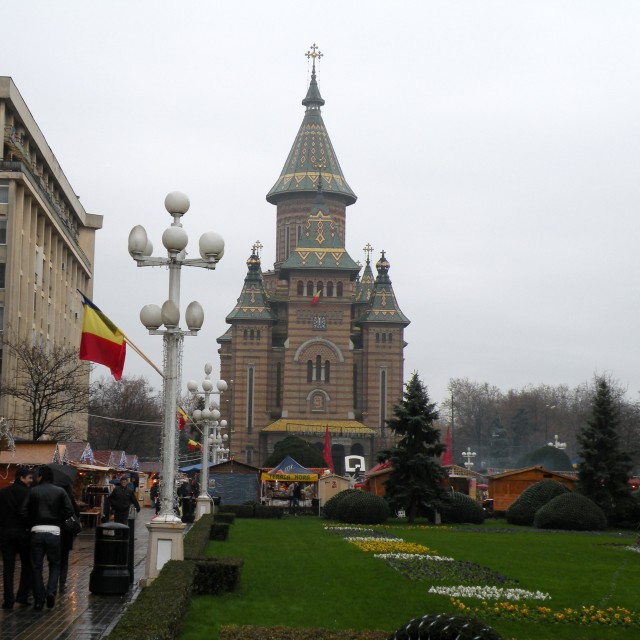1956 - The Student Movements in Timişoara
During the Hungarian Revolution, Aurel Baghiu was on his fifth year at the Mechanics Faculty of the Polytechnic Institute in Timişoara. Together with other colleagues, he set up an initiative group to organize and coordinate protest actions. On the 30th of October, they managed to organize a meeting attended by roughly two thousand students. During the meeting the students voiced their dissatisfaction with the situation in Romania and shouted anti-Soviet slogans. Timişoara became, this way, a city with one of the widest students’ movements sympathizing with the Hungarian Revolution. Aurel Baghiu was arrested on the evening of 30 October 1956 and was taken for interrogation to the Securitate headquarters in Timişoara. Regarded as one of the leaders of the Timișoara student movement, Baghiu was sentenced to eight years of correctional servitude for “public agitation” along with seven colleagues on 16 November 1956. A few days after receiving his sentence, Baghiu, as well as his colleagues sentenced in the same trial, was taken to the Timişoara Penitentiary, where he was imprisoned until December 1956, when he was transferred to Gherla.
Hodnocení
Hodnotilo 0 lidí
Routes
Not a part of any route.
Comments
No comments yet.




